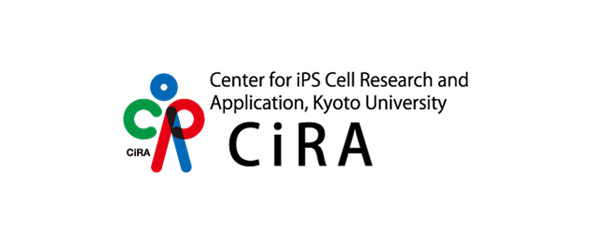A team of researchers and clinicians from CiRA and Kyoto University Hospital, led by Professors Jun Takahashi (Department of Clinical Application) and Ryosuke Takahashi (Graduate School of Medicine), has set a new milestone with the world-first Phase I/II clinical trial using allogeneic iPS cell-based dopaminergic progenitor cells to treat Parkinson’s Disease.
Parkinson’s disease (PD) results from the loss of dopamine-producing neurons, leading to motor symptoms such as tremors, rigidity, and slowed movement. Traditional treatments like levodopa offer only temporary symptomatic relief but may cause dyskinesia. Early fetal tissue therapies demonstrated long-term benefits but were constrained by ethical and supply issues. In contrast, iPS cell technology offers a scalable and ethically sound alternative with the potential to provide a consistent source of dopaminergic progenitors.
Seven patients with PD, aged 50-69, participated in this open-label trial. The first patient initially received a unilateral transplant for an 8-month safety evaluation and received a second implant to complete the bilateral treatment only after tolerability was confirmed. The remaining six patients underwent concurrent bilateral transplants. Patients were divided into low- and high-dose groups, with the high-dose group showing the expected greater increase in dopamine production. Transplantations were precisely guided into the putamen using advanced neurosurgical navigation, and immunosuppressive therapy with tacrolimus was carefully managed and discontinued at 15 months, underscoring the study’s focus on long-term safety and effective graft integration.
Over the 24-month follow-up, no serious adverse events were reported. In total, 73 mild to moderate events were observed—from injection-site itchiness to one moderate case of transient dyskinesia. MRI scans revealed a gradual increase in graft volume, reflecting the normal distribution and spread of the transplanted cells rather than any uncontrolled or abnormal growth. In parallel, PET scans revealed a 44.7% increase in putaminal 18F-DOPA uptake, confirming effective dopamine synthesis by the transplanted cells.
Clinical efficacy was equally encouraging. Four out of six patients improved by up to 20% in motor scores off medication, while on medication, performance improved by an average of 4.3 points—demonstrating enhanced movement control from the transplanted cells. These improvements suggest that the grafted cells successfully integrate into the host brain circuitry and serve as a functional source of dopamine.
Building on over a decade of collaborative research efforts, these results validate the safety and promise of allogeneic iPS cell-derived dopaminergic progenitors and set the stage for future physician-led, multi-center trials. Furthermore, a study at the University of California, San Diego, initiated in late 2023, is expected to accelerate global momentum toward regenerative therapies for PD and other neurodegenerative disorders even further.
In summary, this world-first allogeneic iPS cell-based PD therapy demonstrates robust safety and promising efficacy—paving the way for a paradigm shift in regenerative medicine and renewed hope for patients worldwide.
Paper Details
Journal: Nature
Title: Phase I/II trial of iPSC-derived dopaminergic cells for Parkinson’s disease
Authors:
Nobukatsu Sawamoto1,8, Daisuke Doi2,8, Etsuro Nakanishi1,8, Masanori Sawamura1,8, Takayuki Kikuchi3, Hodaka Yamakado1, Yosuke Taruno1, Atsushi Shima1, Yasutaka Fushimi4, Tomohisa Okada4, Tetsuhiro Kikuchi2, Asuka Morizane2, Satoe Hiramatsu2, Takayuki Anazawa5, Takero Shindo6, Kentaro Ueno7, Satoshi Morita7, Yoshiki Arakawa3, Yuji Nakamoto4, Susumu Miyamoto3, Ryosuke Takahashi1
and Jun Takahashi2
*: Corresponding author
Author Affiliations:
Department of Neurology, Kyoto University Graduate School of Medicine
Department of Clinical Application, Center for iPS Cell Research and Application, Kyoto University
Department of Neurosurgery, Kyoto University Graduate School of Medicine
Departments of Diagnostic Imaging and Nuclear Medicine, Kyoto University Graduate School of Medicine
Department of Surgery, Kyoto University Graduate School of Medicine
Department of Hematology/Oncology, Kyoto University Graduate School of Medicine
Department of Biomedical Statistics and Bioinformatics, Kyoto University Graduate School of Medicine
These authors contributed equally


AloJapan.com